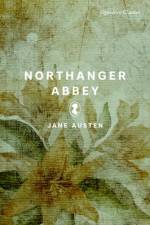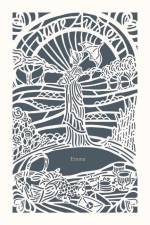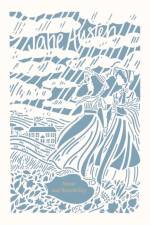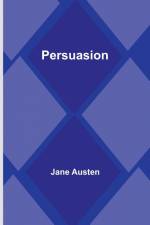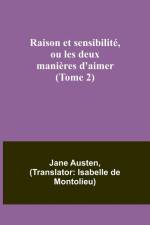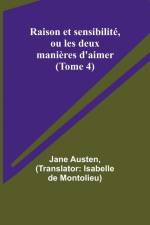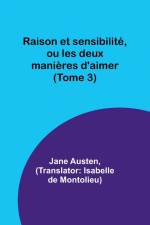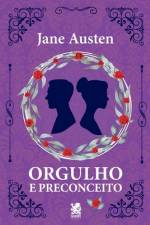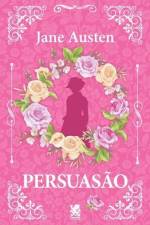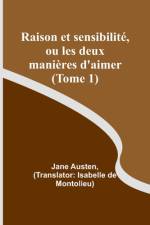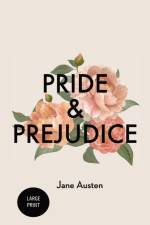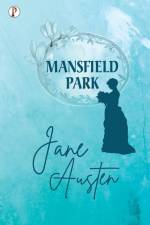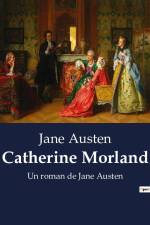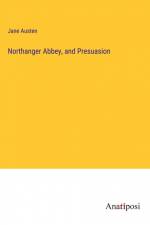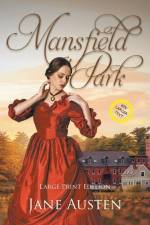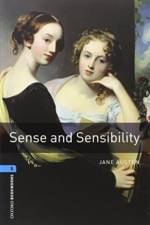av Jane Austen
315,-
If you liked Jane Eyre, Bridgerton, or Downton Abbey, you'll love this best-selling novel of romance and social satire set in Regency era Britain.Two handsome, single, and wealthy gentleman arrive in town and capture the attention of all the young ladies. A combination of pride and prejudice results in ironic twists and turns in this tale of young English women and their quest for love and security. Delve into the life of the fiercely independent Elizabeth Bennet as she navigates the murky waters of manners, morality, and marriage in the early 1800s. Class distinctions and complicated social rules challenge this charming and witty cast of characters in one of the most beloved novels of all time. Unabridged original 1813 edition.Keynote Classics¿ offer a better way to read classic literature, whether for enjoyment or for a class. They include an Introductory Key to give you helpful information that will enhance your understanding and enjoyment of the novel. Traditional literature introductions include in-depth analysis describing plot, themes, and literary devices, and inevitably give away the story before you've had a chance to enjoy it relying your own perceptions. Keynote Classics¿ Introductory Keys are different.No-spoiler study guides don't give away plot, themes, or symbolism, and they don't do literary analysis for you. They simply point out general ideas and things to pay attention to that help you find your own interpretations.Includes brief historical context about the author and the time and place the novel was written to help you gain important perspective before reading it.Provides 10 suggested topics for discussion and/or essays.Teachers recommend that you read actively and engage with the text to help you draw on your own knowledge and experience to get at the meat of a novel. Keynote Classics paperbacks provide more space in the margins for jotting down your thoughts, connections, and interpretations while you read.¿Jane Austen: Born in Hampshire, England in 1775, Jane Austen was the seventh of eight children. She was educated at home and loved to read from her father's extensive collection of novels. In her teens, she wrote parodies of sentimental fiction for the entertainment of family and friends. One of the first novelists to write about the daily lives of ordinary people, Jane Austen is known for dramatic and verbal irony and her biting wit. Pride and Prejudice and her other novels, including Sense and Sensibility, Mansfield Park, Emma, Northanger Abbey, and Persuasion, were published anonymously until after her death in 1817.

